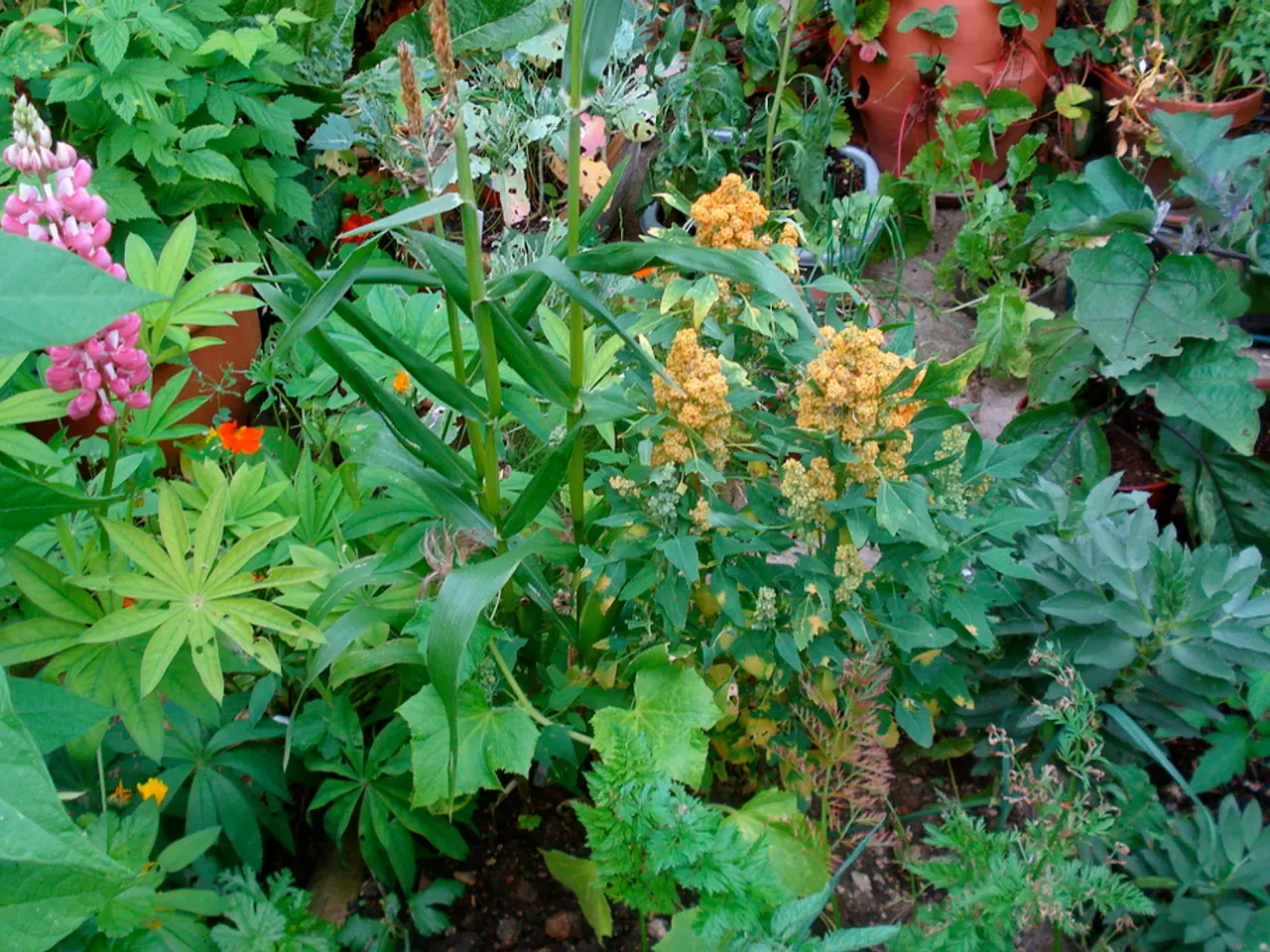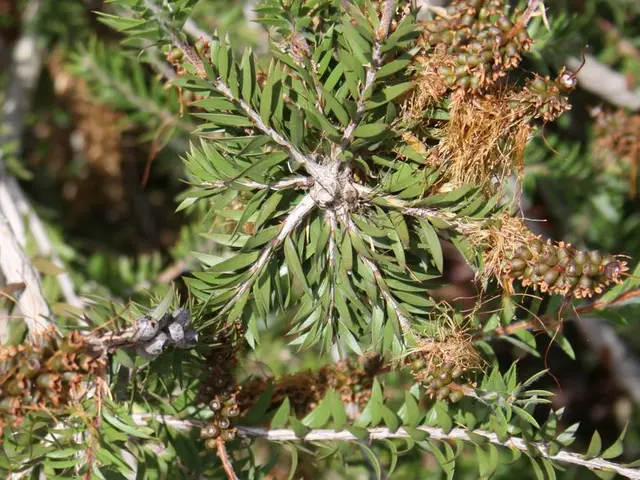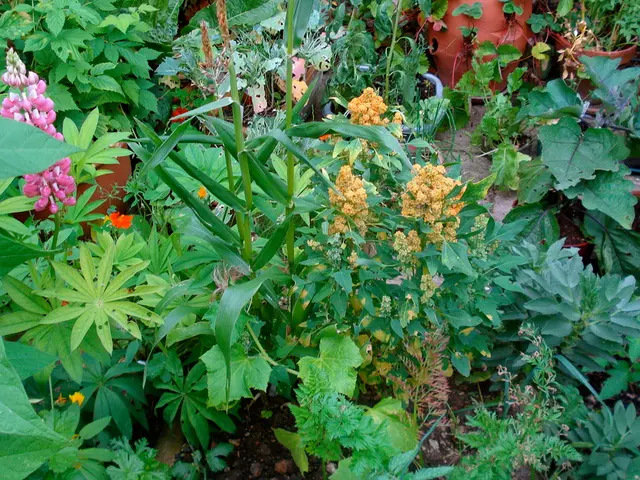Essential Steps for Creating a DIY Backyard Hydroponic System: A Guide for Novices
Ready to dive into the world of growing your own fresh basil, vibrant lettuce, and more without soil? You're in the right place. Outdoor hydroponic gardening is an accessible, enjoyable, and simple way to bring the taste of homemade goodness into your life, regardless of your gardening skills. With Miilkiia's easy-to-use vertical hydroponic systems, you'll be transforming your space into a lively oasis that not only provides you with fresh produce but also cleans your air and soothes your mind.
Let's dive into the basics of hydroponics, exploring the ins and outs of this revolutionary gardening method.
Understanding Hydroponics
Hydroponic gardening involves growing plants without soil, relying on nutrient-rich water to nourish their roots. You might think it sounds complicated, but it's surprisingly simple! Just as animal life would die without food and water, plants need their essential nutrients to thrive. Hydroponics provides the exact nutrients your plants need, ensuring quick, healthy growth. This method is cleaner, uses up to 90% less water (as mentioned in Apartment Therapy), and grows plants faster than traditional soil-based gardening, making it perfect for beginners.
So, why choose an outdoor hydroponic garden? Beyond the mouthwatering herbs and veggies at your fingertips, it offers numerous lifestyle benefits, such as:
- Purifying the air you breathe
- Boosting your mood
- Bringing vibrant greenery indoors
Embracing Easy Hydroponic Systems
There's no need to feel intimidated—hydroponics can be as simple as you want. Here are the simplest systems perfect for beginners:
- Wick Systems: Utilizing a simple wick to deliver nutrients to the roots, perfect for small herbs.
- Deep Water Culture (DWC): Plants float in nutrient water, making this system ideal for lettuce or basil.
- Nutrient Film Technique (NFT): A thin nutrient stream flows over the roots, excellent for small space gardens.
Starting Your Hydroponic Adventure
Eager to get started with your outdoor hydroponic garden? Here's what you'll need for success:
- Hydroponic System: Invest in a beginner-friendly kit like Miilkiia's or a DIY setup with a reservoir and pump.
- Grow Lights: Essential for low-light areas; inexpensive LED grow lights are available starting at $20.
- Nutrient Solution: Purchase pre-mixed beginner-friendly formulas, or opt for standard hydroponic mix.
- Plants or Seeds: Start with easy hydroponic plants (recommendations below).
- pH Testing Kit: Make sure the water is suitable for plant growth; aim for a pH of 5.5-6.5.
Essential Tips for First-Time Planters
- For faster growth, use seedlings when possible.
- If switching from soil, gently rinse roots before placing in your hydroponic system.
- Regularly check water levels to ensure roots remain submerged.
Common Mistakes to Avoid
- Overloading Nutrients: Stick to recommended doses to avoid harming your plants.
- Skipping pH Checks: Test your water weekly to ensure your plants have the best conditions for growth.
- Insufficient Light: Depending on the season, ensure your plants receive enough light, especially during the winter months.
Selecting the Best Hydroponic Plants for Beginners
Still unsure about what to grow? These low-maintenance plants are perfect for beginners:
- Herbs: Basil, mint, and cilantro thrive in hydroponics and are ready to harvest in 4-6 weeks, adding flavor to your meals. Care tip: Regularly pinch tops to promote bushy growth.
- Foliage Plants: Pothos and peace lilies are hardy and decorative. Care tip: Remove yellow leaves to keep them healthy.
- Vegetables: Lettuce and baby spinach are simple to grow and ready in 4-5 weeks. Cherry tomatoes can work but require more light. Care tip: Harvest outer leaves to encourage continuous growth.
Keeping Up with Your Hydroponic Garden
Maintaining your outdoor hydroponic garden is simple and easily fits into your daily routine. Here's a quick schedule:
- Daily: Check water levels and refill as needed. Ensure grow lights and pumps are functioning properly.
- Weekly: Test the pH and adjust with pH-up/down solutions as needed. Refresh nutrient solution every 1-2 weeks.
- Monthly: Clean the reservoir with mild soap and water to avoid algae growth.
Nutrient solutions act as plant food, so mix as directed. If your plants appear droopy or yellow, check for clogged pumps or incorrect pH levels. Hydroponics is especially popular in the winter, allowing you to grow fresh greens while enjoying the chilliness outside, keeping your kitchen lively year-round.
Making Your Hydroponic Garden Stylish
Your hydroponic system can be both functional and beautiful. Here are some ideas to create a harmonious blend with your home decor:
- Kitchen Herb Corner: Place your Miilkiia system in your garden for a cozy touch.
- Living Room Showcase: Stack NFT channels on a shelf with fairy lights for a modern look.
- DIY Touches: Paint the reservoir in soft pastels, add macrame, or incorporate other personalized touches to elevate its style.
First published on: 24 Jun 2025, 04:46 IST
- Data Insights
- Hydroponics is a self-contained system, ensuring plants grow faster, healthier, and use less water than traditional soil-based gardens.
- Hydroponics is suitable for both herbs and vegetables, offering a wider variety of options for gardeners.
- In order to be successful, it's essential to maintain proper pH levels and avoid overloading plants with nutrients. A regular cleaning schedule is also crucial for long-term plant health.
- Over the course of 12 months, a hydroponic garden can yield two harvests of lettuce, baby spinach, and herbs, providing an abundant supply of fresh produce for your home.
- With a Miilkiia vertical hydroponic system, you can transform your outdoor space into a vibrant home-and-garden oasis, producing fresh herbs and vegetables while simultaneously purifying the air and soothing your mind.
- Embracing the world of hydroponics, beginners can explore various simple systems like the wick system, deep water culture (DWC), and nutrient film technique (NFT) to grow basil, lettuce, and other plants in their outdoor hydroponic garden.







